May 19, 2015
Lateness and constant whining are most annoying office habits
 Someone who is perpetually late is the most annoying workplace colleague according to a new survey of UK office workers, although only a third are prepared to do anything about it. However, just over 40 percent of respondents said that this kind of behaviour made them consider leaving their jobs with a striking five percent having actually followed through with such a decision. Colleagues who whine all the time were found to be the second most annoying people, the study into annoying office habits by Viking reveals. Misspent time was a key theme amongst the top five habits on the list of twenty, with excessive smoking breaks and deliberate procrastination taking top positions. Contrary to popular belief, jargon isn’t the most annoying practice to plague our offices. In fact, both men and women rated jargon in the bottom three.
Someone who is perpetually late is the most annoying workplace colleague according to a new survey of UK office workers, although only a third are prepared to do anything about it. However, just over 40 percent of respondents said that this kind of behaviour made them consider leaving their jobs with a striking five percent having actually followed through with such a decision. Colleagues who whine all the time were found to be the second most annoying people, the study into annoying office habits by Viking reveals. Misspent time was a key theme amongst the top five habits on the list of twenty, with excessive smoking breaks and deliberate procrastination taking top positions. Contrary to popular belief, jargon isn’t the most annoying practice to plague our offices. In fact, both men and women rated jargon in the bottom three.






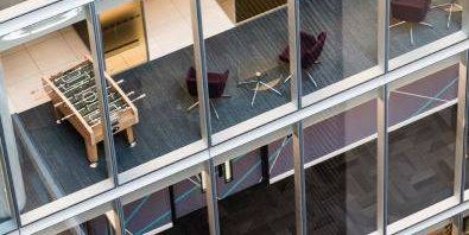
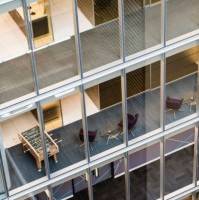

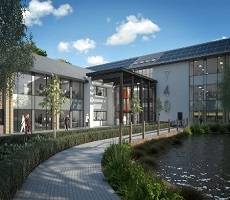

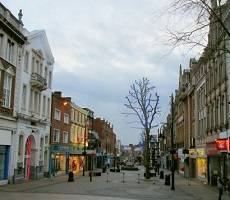

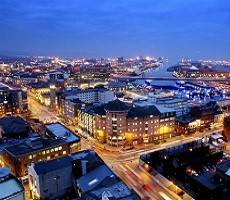
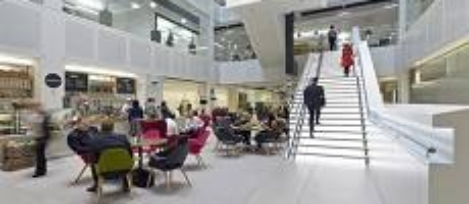
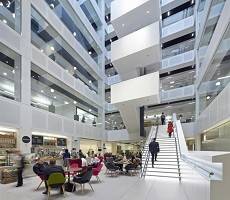




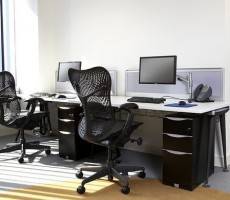

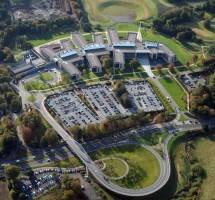









May 19, 2015
Shared office space is redefining commercial property and the workplace
by Charles Marks • Comment, Property, Workplace design
Hive by Connection
The changing way we work presents particular challenges for the development of commercial property as well as those who specify, design and occupy workplaces. As has been highlighted many times before, the days are gone when designing an office was largely determined by the number of people who occupy it and the main determinant of the space needed for them was the size of their desks based on their status and what they did. Now, those are just some of the characteristics that need to be taken into consideration when creating workplaces, alongside others such as how much meeting and shared office space is needed, whether certain people need a dedicated workstation at all, how to give them choices about where they work and with whom and how the building can adapt to changing teams and objectives.
(more…)